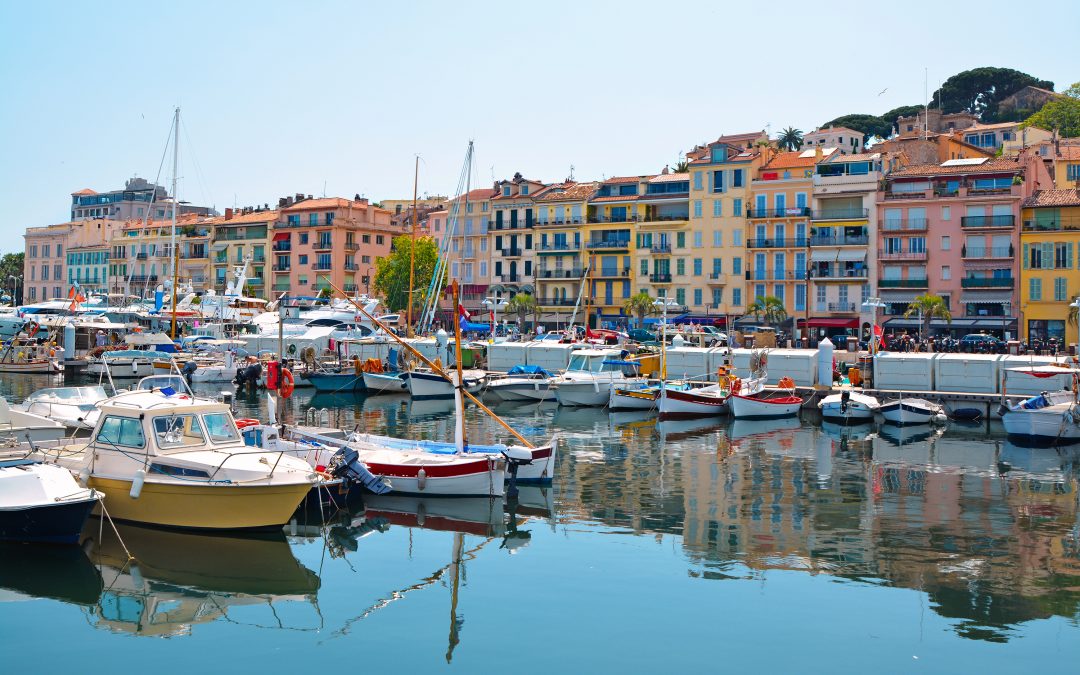Savour the Riviera’s Most Chic Resort of Cannes

September 4, 2017
In this blog we savour the Riviera’s most chic resort of Cannes.
Think Cannes, think movies and film stars, expensive boutiques, palatial hotels and paparazzi. After all, it is one of the world’s most chic resorts – the ‘Queen of the coast’, ‘Pearl of the Riviera’ – twinned with Beverly Hills and, within France, second only to Paris for shopping and major international cultural and business events, including the world-famous Cannes International Film Festival.
With so much glitz and glamour, it is easy to forget its humble origins as a simple fishing village, named after the canes and reeds of the surrounding marshes, since transformed into luxury yacht havens. Cannes was first put on the map in 1834 by retired British Chancellor Lord Brougham, who was forced to stop-over en route to Nice. Enchanted by its warm climate and quaint setting, he abandoned his former plans, built a villa here and stayed for 34 winters, singing the praises of Cannes to his most distinguished compatriots! Shortly afterwards hundreds of gentry and royals followed his example. Grand hotels began to spring up along the waterfront and by the end of the century Cannes had become the ‘aristocracy’s winter lounge’.
In the 1920s, Cannes adopted a rhyme: ‘Menton is dowdy, Monte’s brass, Nice is rowdy, Cannes is class!’. However, it was not until the 1930s that Cannes became a summer resort, made fashionable by visiting Americans, including Harpo Marx and Scott and Zelda Fitzgerald, who used to frequent the gaming tables of Casino Croisette. By the 1950s mass summer tourism had taken off and it has been the life-blood of Cannes ever since.
Admittedly Cannes lacks the great museums, galleries and monuments of the other large resorts or towns, but there is always plenty to do, with its casinos, fairs, beaches, boat trips to the Îles de Lérins, and its luxury boutiques, which flank the waterfront and the main shopping street, rue d’Antibes.
The town is divided into two parts: the modern part to the east and the old Roman hilltop town of Canois Castrum (now known as le Suquet) on a small hill to the west. This district was the Provençal name for a kind of fish soup! Unlike much of the town, it has managed to preserve the air of warmth and intimacy of bygone days. Its lively lanes of fishermen’s cottages have been transformed into cosy restaurants, and the district is crowned by an imposing castle and watchtower affording sweeping coastal views.
